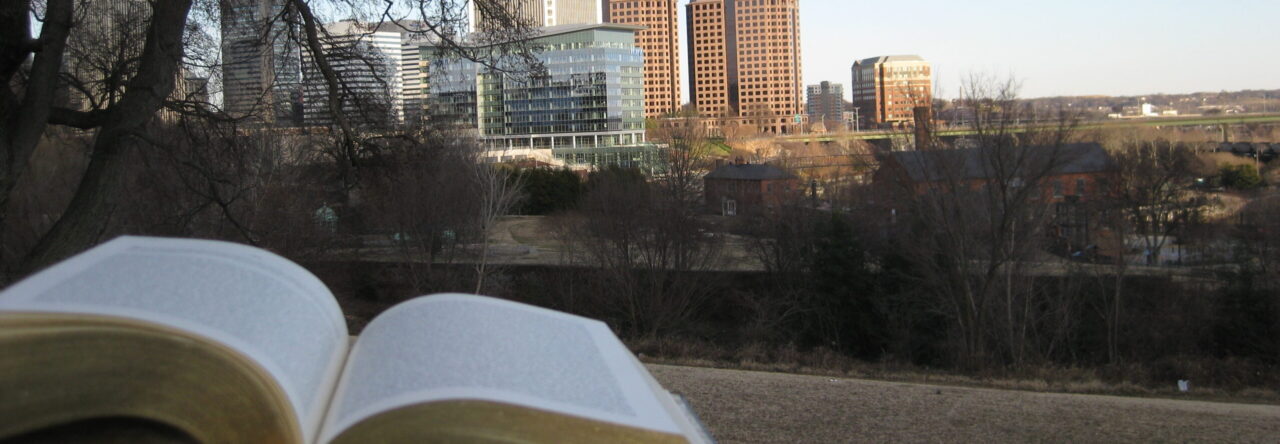The real history behind the founding of Richmond (and of America) can be described as a collection of facts and dates. Some of the bigger ideas and motives that I picked up on in the first two chapters of The Unhealed History of Richmond were the following: firstly, settlers were often also referred to as ‘invaders’ and that both the native Americans and Europeans felt that they were being intruded upon, and secondly, the dynamic between these two parties was the driving force that decided whether or not a colony survived or if a native tribe was displaced from their homeland, and lastly, the endeavor to colonize Newfoundland was no easy feat, and didn’t come without Europe’s fair share of bloodshed and starvation.
The natives’ perspectives were also brought up constantly in the first two chapters. It was mentioned that the English never considered the natives worthy of respect and were almost always exploited for food and shelter. The English justified this by writing, in personal accounts, that their ways were ‘backwards’ or they were ‘children of the devil’. Obviously, this perspective is twisted and outdated but it is valuable to even bring up the viewpoint of the colonizers (or invaders) to give us an idea of what both sides were experiencing.

Leave a Reply